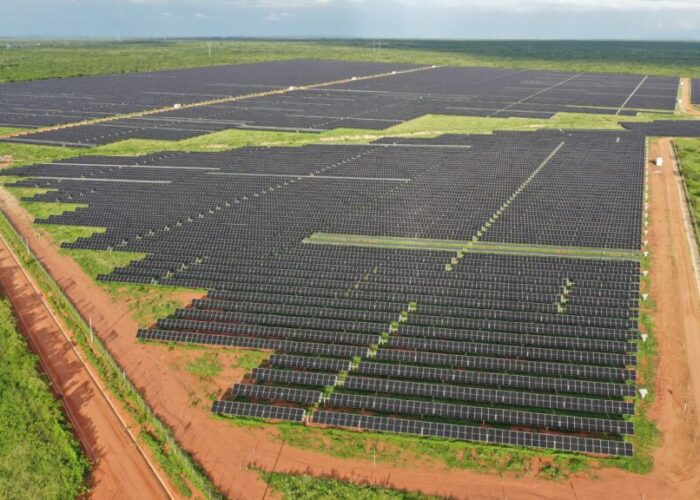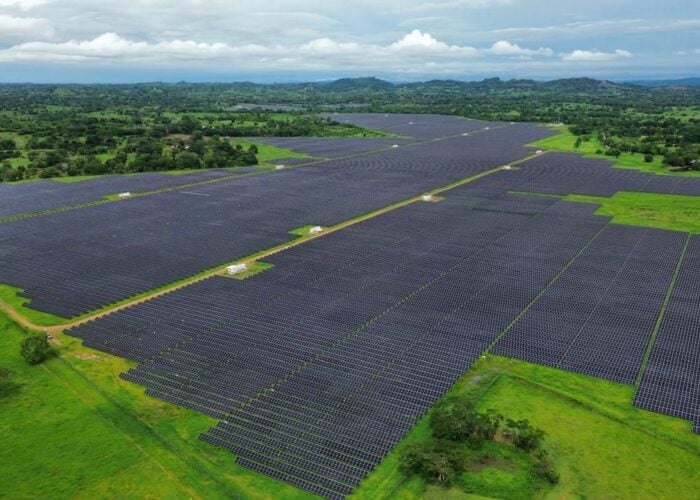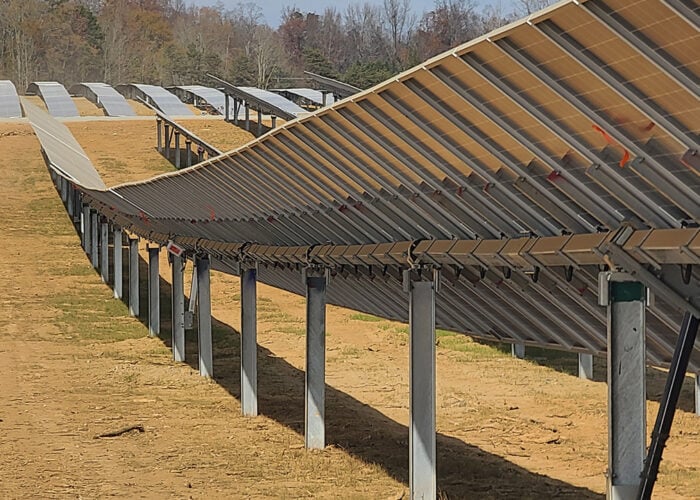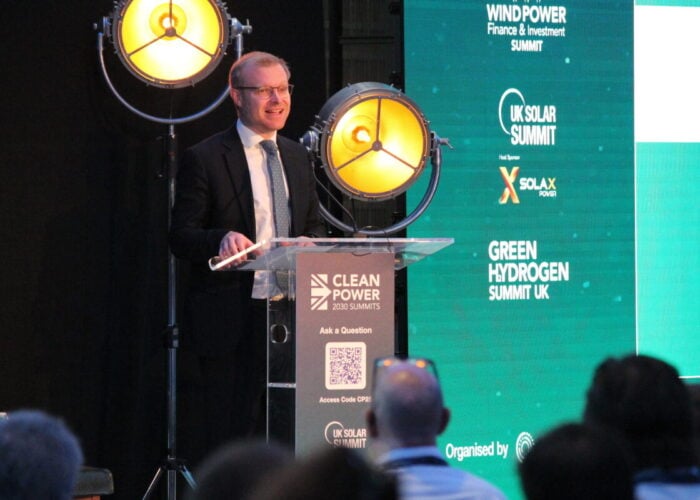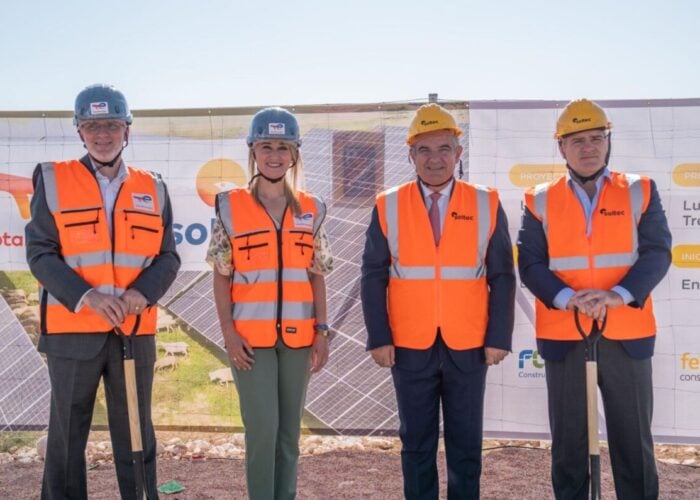China has introduced new utility scale solar tariffs based on geographical location to manage areas of high and low irradiance and prevent project clustering.
China’s National Development Reform Commission (NDRC) said in an announcement about “the use of price leverage to promote the healthy development of the PV industry” that a new tariff policy based on regions will be introduced.
Unlock unlimited access for 12 whole months of distinctive global analysis
Photovoltaics International is now included.
- Regular insight and analysis of the industry’s biggest developments
- In-depth interviews with the industry’s leading figures
- Unlimited digital access to the PV Tech Power journal catalogue
- Unlimited digital access to the Photovoltaics International journal catalogue
- Access to more than 1,000 technical papers
- Discounts on Solar Media’s portfolio of events, in-person and virtual
Three regional zones for utility PV projects have been determined; zone 1 covers mostly northern China and Inner Mongolia areas with a tariff of CNY0.9/kWh (US$0.147).
Zone 2’s tariff is set at CNY0.95/kWh (US$0.155) for mainly western and central regions of China, and zone 3 at CNY1.0 /kWh (US$0.163) for the remaining regions.
The regions were decided based on solar advantage and construction cost.
For smaller distributed PV projects, a tariff of CNY0.42/kWh (US$0.07) has been set, incorporated with the use of the generation capacity policy. The new tariff does not apply to PV projects benefiting from central government investment subsidies.
The tariffs have been set for a benchmark period of 20 years, but to sustain market competition, tariffs and subsidies will be reduced in correlation with production costs and generation scale.
The rates will apply to projects approved after the 1 September 2013, or approved but not operational until 1 January 2014.
The price power plants pay to produce electricity for industrial use has also been hiked from CNY0.008 /kWh up to CNY0.015 /kWh in the policy changes. The NDRC has said prices for non-industrial electricity will not change and retail electricity costs will not rise.
The announcement follows an amicable solution to anti-dumping accusations towards China and predictions China is to install 206GW by 2030.
China also announced a new subsidy for nitrogen oxide removing equipment at power plants to tackle air pollution. Plants who use air pollutant removing equipment will receive CNY0.01/kWh starting 25 September, with penalties for plants that have equipment but fail to use it.
The new solar tariff regions are specified as follows:
Zone 1 – CNY0.9/kWh
Ningxia, Qinghai Haixi, Gansu Jiayuguan, Wuwei, Zhangye, Jiuquan, Dunhuang, Jinchang, Xinjiang Hami, Tacheng, Altay, Karamay, Inner Mongolia region excluding Chifeng, Tongliao, Xing'anmeng and Hulunbeier.
Zone 2 – CNY0.95/kWh
Beijing, Tianjin, Heilongjiang, Jilin, Liaoning, Sichuan, Yunnan, Inner Mongolia Chifeng, Tongliao, Xing'anmeng, Hulunbeier, Hebei Chengde, Zhangjiakou,
Tangshan, Qinhuangdao, Datong, Shanxi, Xinzhou, Shanxi Yulin, Yan'an, Qinghai, Gansu, Xinjiang regions that not covered by Zone I
Zone 3 – CNY1.0/kWh- Regions that not covered by Zone 1 and 2.
Additional reporting by Cathy Li

